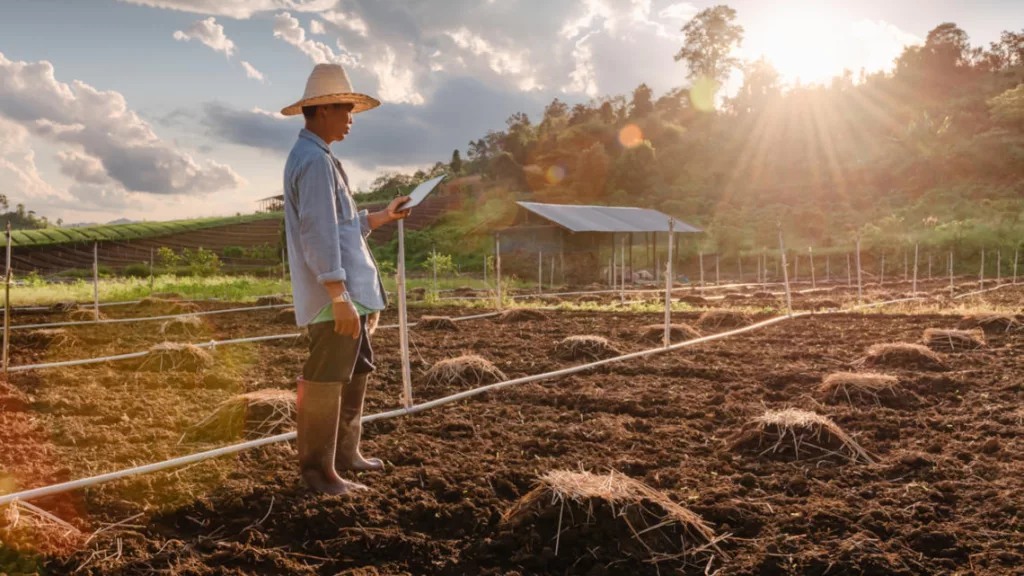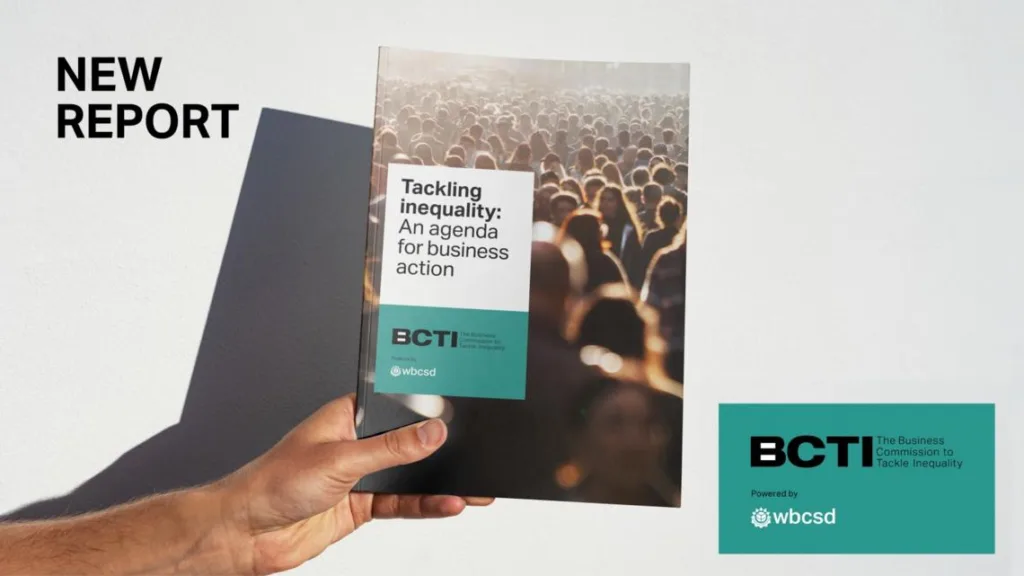Authors
Alyssa Auberger, Chief Sustainability Officer, Anna Brown, Chief Inclusion & Diversity Officer, Baker McKenzie
There is a general consensus among organizations that those who embrace diverse teams are more creative and innovative and perform better than others. This allows them to solve complex problems and manage risk more effectively, leading to more robust financial performance than peers. But recruiting a diverse workforce is not enough. Organizations can spend time and energy on recruiting diverse talent, revamping their hiring practices to demand broader, more diverse candidate pools and factoring diversity considerations into hiring decisions, yet — while those efforts are necessary, they will not ensure that the organization’s workforce remains diverse and continues to reap the cultural, reputational and financial benefits of diversity over time.
As such benefits are key levers to address inequality, we are honored to be part of the Business Commission to Tackle Inequality (BCTI) and fully support the critical work it is undertaking to mobilize business action at scale to tackle inequality and to develop a common narrative and initiatives with practical guidance to businesses seeking to take action.
Focus on Inclusion
Inclusion, or the lack of attention to inclusion, stops diversity from taking a better hold across organizations. Inclusion cements shared values and enables employees to feel a sense of belonging; this sense of belonging allows employees to develop trust and a lasting bond with their colleagues in the workplace — essential in today’s “war for talent.”
Successful inclusion, equity and belonging efforts must start with the tone from the top of the organization. At Baker McKenzie, our executive leadership, partners and senior business professionals embrace our holistic approach that focuses on embedding diversity — and, more importantly, inclusion and equity — across our global organization. We are outcome driven, intensely focused on further building and developing diverse and inclusive talent pipelines, fostering inclusive representation at all levels and strengthening the experience of all our people.
Support from leadership
But tone from the top does not suffice; all levels of the organization must focus on advancing diversity, inclusion and equity across the ranks and ensuring that team members, in particular those from historically underrepresented groups, feel seen, included and valued, and have access to development opportunities. One resource we put in place was our global race and ethnicity task force to develop leadership expectations, a scorecard and a toolkit to develop a shared narrative and accountability of leaders at all levels of the organization. We also identified the systemic barriers to inclusion encountered across the organization, sharing them transparently to develop ways to address them. To further transparency, we focus on data and metrics and how to meet our objectives, implementing inclusive leadership recruitment practices and performance reviews. Our Global Inclusion and Diversity Committee is responsible for overseeing the implementation of these measures.
Sharing experiences through “Inclusion Circles”
Another resource developed are our “Inclusion Circles.” Initially rolled out in the EMEA region and focusing on our women and other under-represented populations, Inclusion Circles involve listening and sharing experiences — including regarding the barriers to inclusion and equity as seen from all levels — and encourage candor and discussion with open dialogue and demonstrating success by senior leaders via access outside of the day-to-day work environment.
The Inclusion Circles provide a safe space for a small group of people (8-10 members, led by 1-2 senior leads) to come together informally to discuss professional development and how to set and navigate career objectives and aspirations. Sharing stories is a key part of the Inclusion Circles, with all members encouraged to share stories related to personal and professional growth so that, as a collective, potential strategies can be developed to overcome some of the barriers members of the group have experienced — for individual career advancement, but also to allow each member to act as a change agent in their own practices, offices or more broadly across the firm.
While a primary focus of the Inclusion Circles is to promote open dialogue, trust and candor for all participants, they also provide senior leadership insight into experiences and barriers, which is essential for the firm to create organizational solutions to address these barriers.
Feedback from the members of the Inclusion Circles has been highly positive, with members saying that their participation allowed them to gain confidence about attaining a senior position, and made them feel much less isolated with a greater sense of belonging in the organization.
Driving change through collective efforts
Finally, we know that inclusion does not happen in a vacuum within our firm; we are part of a larger ecosystem and can help drive change beyond our boundaries, working with our communities, our suppliers and our clients to accelerate sustainable societal change. We engage in targeted discussions with our clients and collaborate on programs that promote inclusion and diversity. Our advice to our clients on their inclusion and diversity efforts further drives progress across multiple industries.
While we are encouraged that many jurisdictions have now enacted laws and regulations that require companies to disclose diversity across management or on their boards, the variation of regulations can vary significantly across jurisdictions, making it difficult for companies to track, measure and report progress — so companies cannot and must not rely on compliance with law and regulation alone to make progress on inclusion and diversity.
By focusing on inclusion, gaining support from leadership, sharing workplace experiences and driving change through collective efforts, such as BCTI, companies will be able to make progress toward their DE&I goals, providing an opportunity to deliver real societal change.
WBCSD news articles and insights may be republished in accordance with the Creative Commons Attribution-NonCommercial-NoDerivatives 4.0 International Public License, and in accordance with our Privacy Policy. All Content must be featured with due credits.
Outline
Related
Content

Toward a Just Transition in Agriculture: Preliminary Insights
7 September, 2023

More than 60 business and civil society leaders recognize inequality as a systemic risk and lay out a roadmap for private sector action
3 May, 2023

A just transition to a net-zero energy system
27 April, 2023

